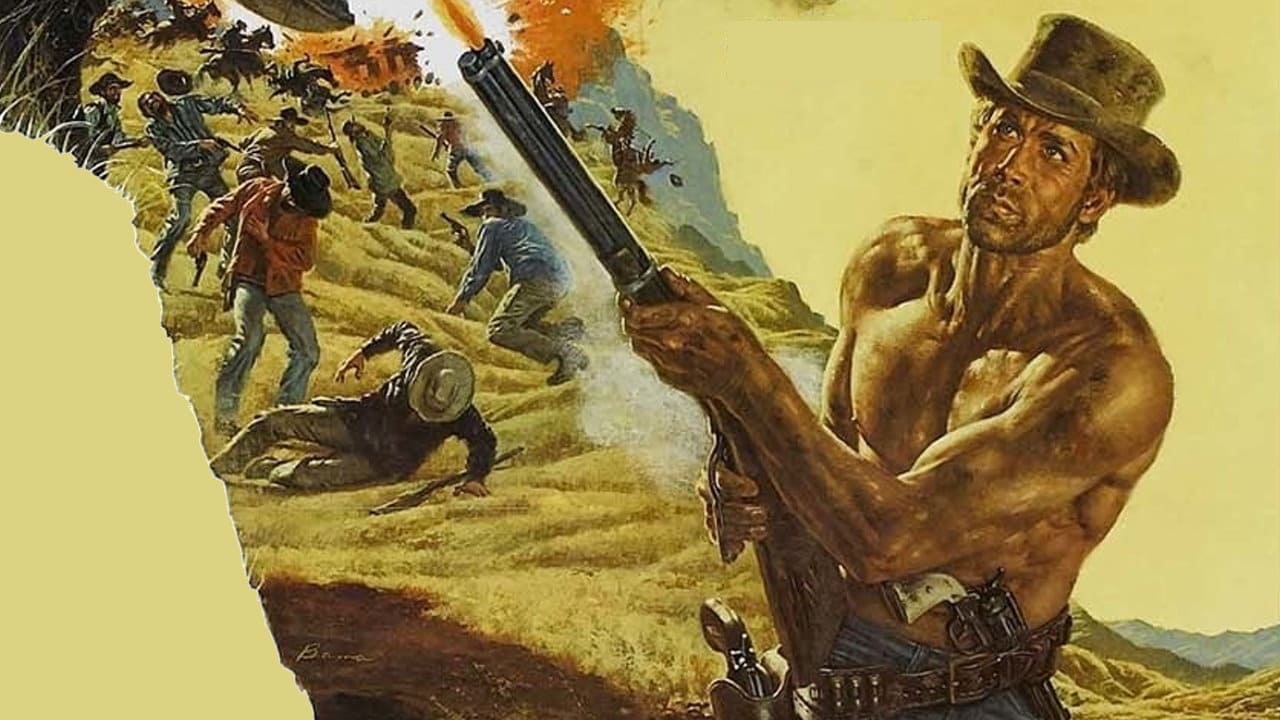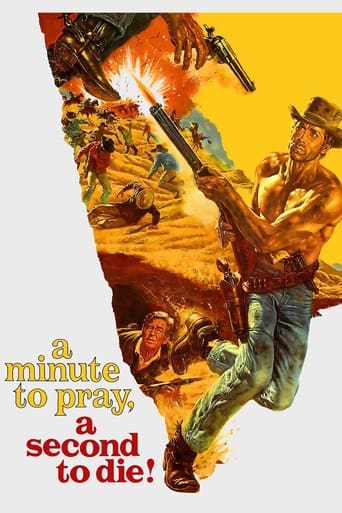

Alex Cord plays Clay McCord(how apt!), an outlaw who has traveled to New Mexico on the promise of amnesty given by its governor(Robert Ryan). Unfortunately, Clay gets challenged by the local sheriff(Arthur Kennedy) who doesn't agree with the governor's plans, and decides to use Clay to lure other outlaws to the state, so that he can deal with them all at once. This leads to a big showdown at the end.Not bad western is clearly based on the style of the Sergio Leone westerns, and is a decent attempt at doing so, though of course is not as stylish or memorable. Good cast, and an interesting character detail of Clay having epilepsy like his father, which sometimes makes him vulnerable.
... View MoreI caught this for the first time a few nights ago on television. I expected to only tune in for a few minutes, but found myself intrigued by the movie. I ended up watching it all and found it surprisingly compelling. The acting by the three American leads was quite good, especially that of Alex Cord. He plays a gunslinger with quite a degree of vulnerability. Very different from how most of them are portrayed in westerns. He ended up in several situations where he was at the mercy of the bounty hunters. The final shootout between the three leads and the bad guys was very good, as was the scene where the doctor digs a bullet out of Clay McCord. Somewhat gruesome, but realistic. I must admit that, despite my initial misgivings at watching a "spaghetti western", I ended up enjoying this film quite a bit. I would recommend it to anyone who likes westerns.
... View MoreAlex Cord stars in this beautifully-photographed Spaghetti Western about a gunfighter with an arm that goes into epileptic fits under pressure. After a local town decides to give amnesty and $50 to gunfighters that give themselves up, Cord strongly considers giving up his run-n-gun lifestyle. But of course there's bounty hunters, bandits and lawmen who don't exactly take a liking to that so Cord is gonna' need a lot of bullets. The action sequences are average for a Spaghetti (good guy shoots a bunch of times, bad guys throw their arms straight into the air and spin around) but the direction is quite good and the storyline is intriguing. Robert Ryan shows up to kick some ass and add some class to the proceedings. 7.5 out of 10
... View MoreCarcasses galore do not a better movie make. Some guy with an unnamed palsey like affliction in his hand goes around blowing people away by the dozen. For an example he rides into a camp, shoots about fifteen people and next is seen riding off on their wagon. He must have needed a wagon. We get a flashback scene wherein the principal is seen as a boy of around nine kneeling over his father in the street while his dad is having an attack of the obviously genetic palsey. Ten or so men stand around and laugh at the boy's father in derision. The kid gets mad and grabs a gun and shoots them all dead. We are supposed to presume the kid goes on with the business of growing up without answering any repercussions from having committed this mass murder in the middle of town. Uhh...ok. Right. That could happen.This movie plays like a Sergio Leone copy done by an elementary school drama club. When in doubt, shoot some characters.The most unrealistic aspect of this film is that there is no way the main character would have been able to travel around on horseback carrying that amount of lead ammunition required to kill as many as he does. Hey, maybe thats why he needed the wagon.
... View More